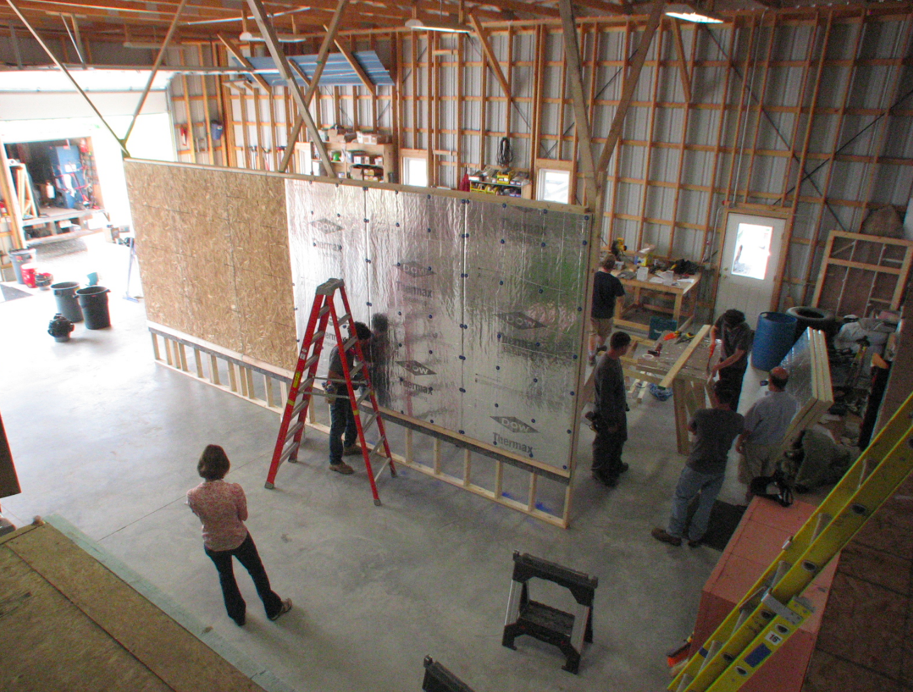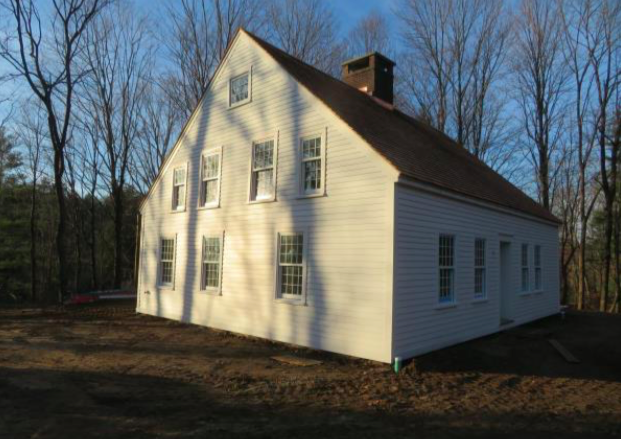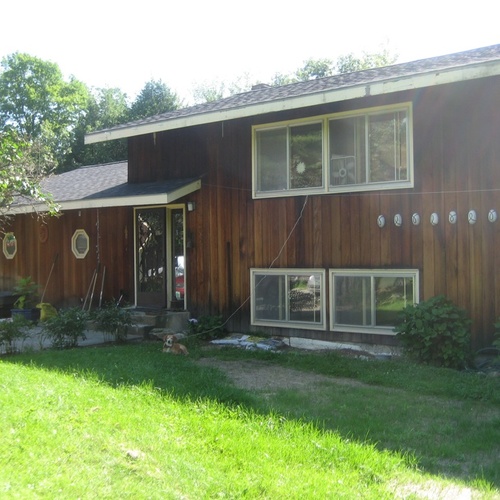
This adaptive-reuse project in Philadelphia’s Fishtown neighborhood is Bright Common’s first deep-energy retrofit. Using Passive House standards as guidelines, the firm renovated an 1800s brick factory building—once used as a pickle-barrel storehouse—and upgraded the envelope to maximize energy efficiency. It was a cutting-edge idea for such a building 10 years ago, when the work was completed.
The motivations for the project included saving a 19th-century structure and using existing building stock. I spoke to Bright Common principal Jeremy Avellino, who took a retrospective look at the decade-old renovation, which is performing exactly as intended. He explained the materials and assemblies used, the lessons learned from a first-time endeavor, and what his team considers best practices today.
A bit of background
The client, Jaime Alvarez, bought the nearly abandoned warehouse during a sheriff’s sale (a public auction at which a property that has been defaulted on is repossessed). That is to say, he got it for a good price. Demolition and reconstruction claimed similar properties throughout the city during a housing boom, but Alvarez was committed to the building’s adaptive reuse. His renovation plans included a ground-floor professional photography studio and living space on the upper floors.
Upgrading the building to perform close to Passive House levels was not part of Alvarez’s plans, but when Avellino presented the idea of a deep-energy retrofit, he was all in. Because the building was reasonably priced, Alvarez could fund the energy upgrades.
Not surprisingly, a code-compliant building intended for both living and working required a zoning variance. There were two parcels that included the warehouse and an empty side yard, and they needed to be consolidated. Doing so, however, didn’t meet the requirements for setbacks and open space. Avellino describes the solution as “more subtraction than addition.”
Weekly Newsletter
Get building science and energy efficiency advice, plus special offers, in your inbox.

This article is only available to GBA Prime Members
Sign up for a free trial and get instant access to this article as well as GBA’s complete library of premium articles and construction details.
Start Free TrialAlready a member? Log in















2 Comments
Beautiful work. Well done.
Wonderful article. These types of projects are great and I wish outlets like GBA would focus more on them. If we are serious about battling climate change we need to think about the entire package. When a house is constructed, the overall environmental and climate related impact is not just the operation of the HVAC or even the embedded carbon in the building materials. It is also the infrastructure needed to support the neighborhood, and the amount of driving the occupants will need to do and will need to be done to support them. When we have thousands of existing structures in our inner cities and town centers (near already built infrastructure) that are deteriorating, it is important to look to renovate them where feasible.
Log in or become a member to post a comment.
Sign up Log in